© 2025 MJH Life Sciences™ , Patient Care Online – Primary Care News and Clinical Resources. All rights reserved.
What's New In Obesity Research: A Three Article Review
What does the latest research show on obesity? Scroll through our slideshow to see what three recent studies found on obesity.
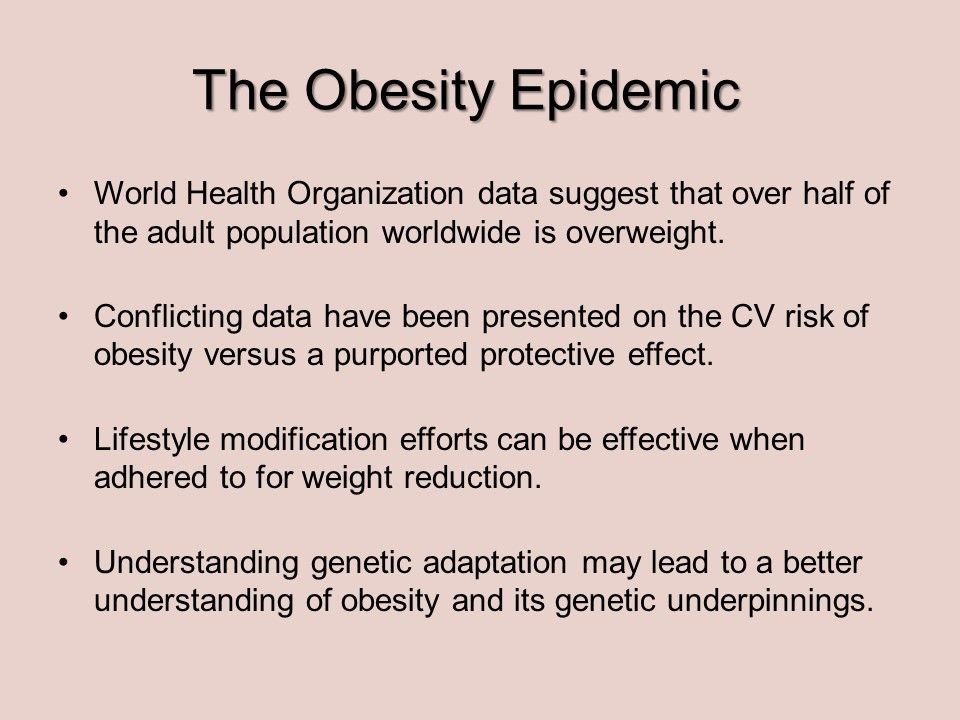
The Obesity Epidemic. The authors note that researchers project that the obesity prevalence will increase by 33% over the next two decades impacting further on global health burden and cost. Conflicting data reporting found that low BMI (<20 kg m2) is associated with increased risk of CVD, cancer, and all-cause mortality relative to BMI between 20 and 25 kg m2. Weight reduction can reduce comorbidity in obese patients.
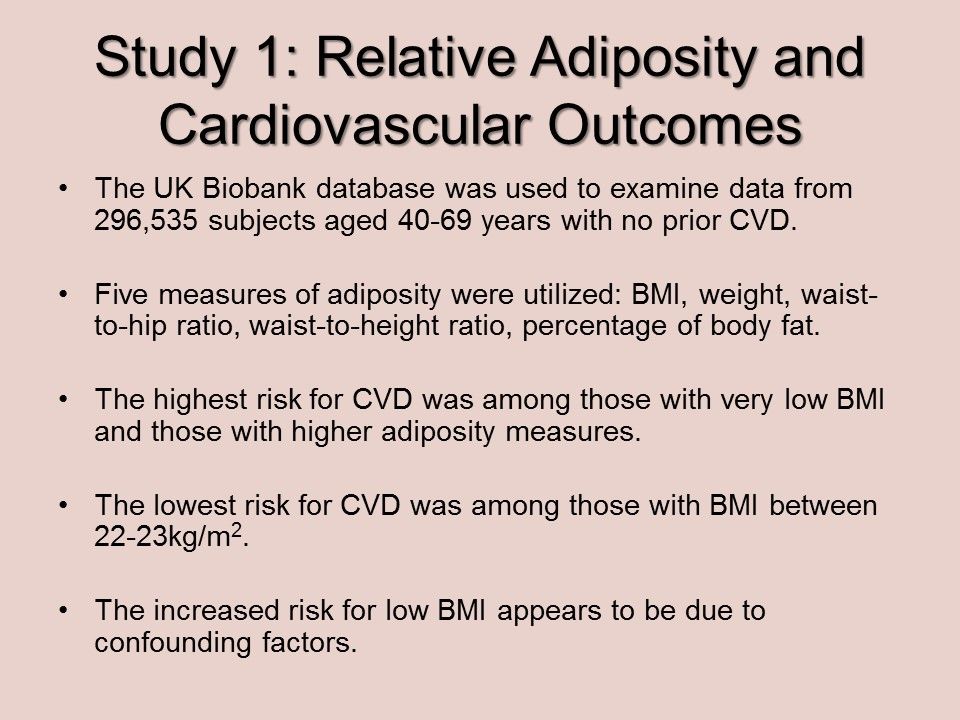
Study 1: Relative Adiposity and Cardiovascular Outcomes. The UK Biobank is a large prospective study which, between 2006 and 2010, recruited 502,664 participants. Very low BMI (≤18.5kg/m2) was associated with higher incidence of CVD and the lowest risk of CVD was exhibited at BMI of 22–23 kg/m2 and thereafter the incidence of CVD increased monotonically up to BMI of 35 kg/m2 for men and of 45 kg/m2 for women. For the remaining adiposity measures the associations were log-linear with higher adiposity being associated with greater risk of CVD events. Without comorbidities, the J-shape association of BMI with CVD disappeared after subgroup analysis suggesting that the observed detrimental impact of low BMI on CVD is the result of confounding.
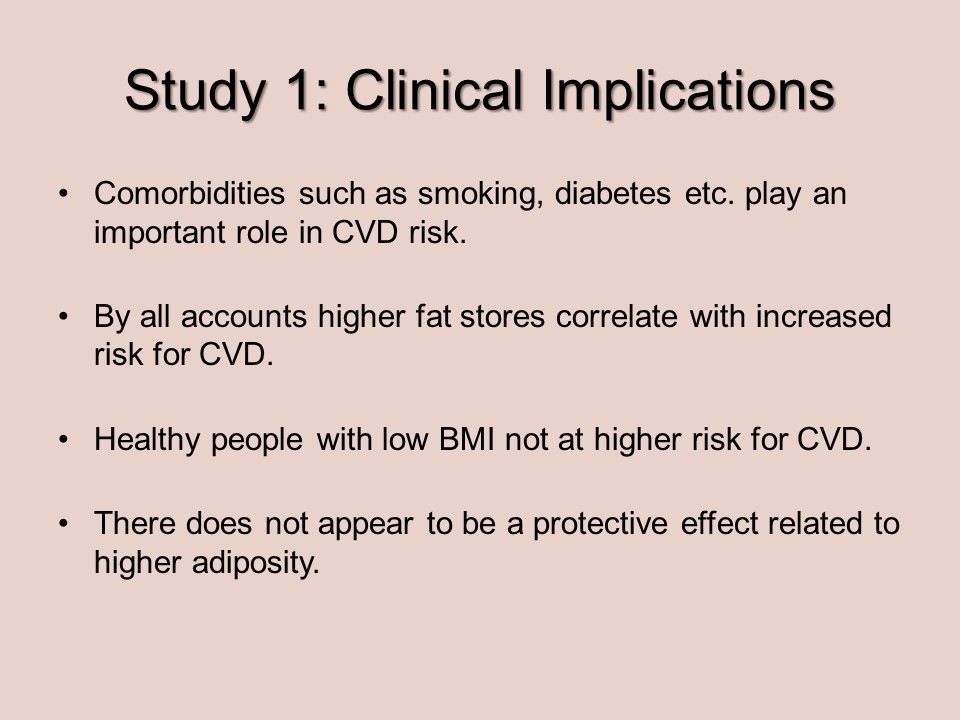
Study 1: Clinical Implications. The authors point out that, “The association of BMI with CVD is more susceptible to bias rather than other adiposity measures and, therefore, health care professionals should challenge any public misconception of some ‘protective’ effect of fat on CVD risk.“

Study 1: Take Home Messages. Increasing adiposity, whether measured as total body or central adiposity, has generally adverse associations with CVD outcomes in middle-aged men and women.
For more information, check out the full article: Iliodromiti S, Celis-Morales CA, Lyall DM, et all. The impact of confounding on the associations of different adiposity measures with the incidence of cardiovascular disease: a cohort study of 296 535 adults of white European descent. European Heart Journal. 2018;00:1-8.
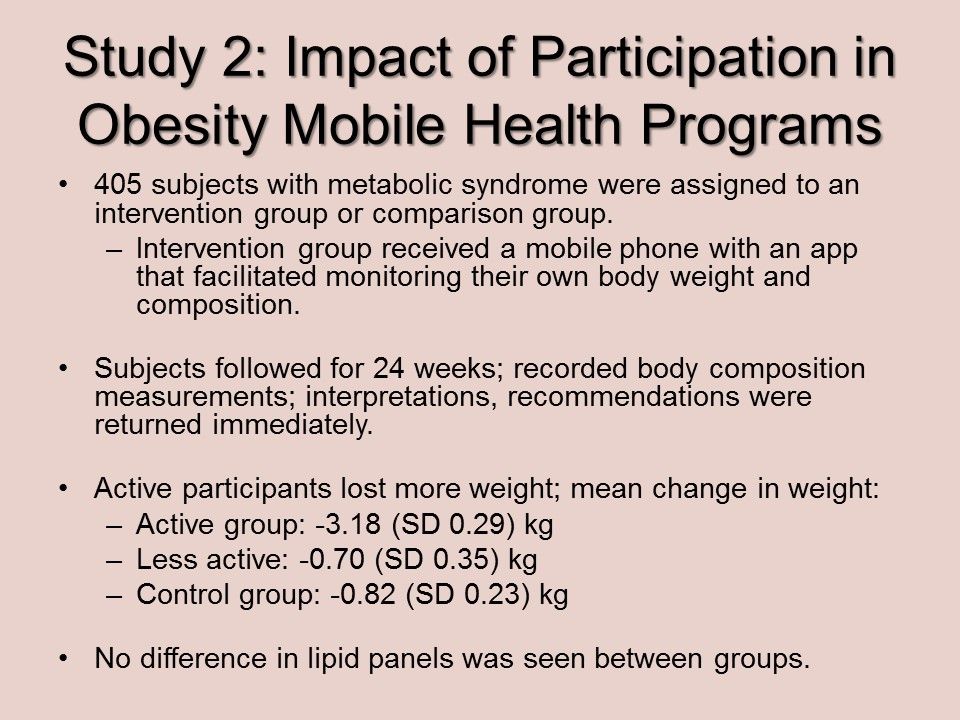
Study 2: Impact of Participation in Obesity Mobile Health Programs. The intervention group received a mobile phone with an app that facilitated monitoring their own body weight and composition. Interpretations and recommendations were sent back to subjects immediately. The mean change of body weight was -3.18 (SD 0.29) kg in the active group, -0.70 (SD 0.35) kg in the less active group, and -0.82 (SD 0.23) kg in the control group.
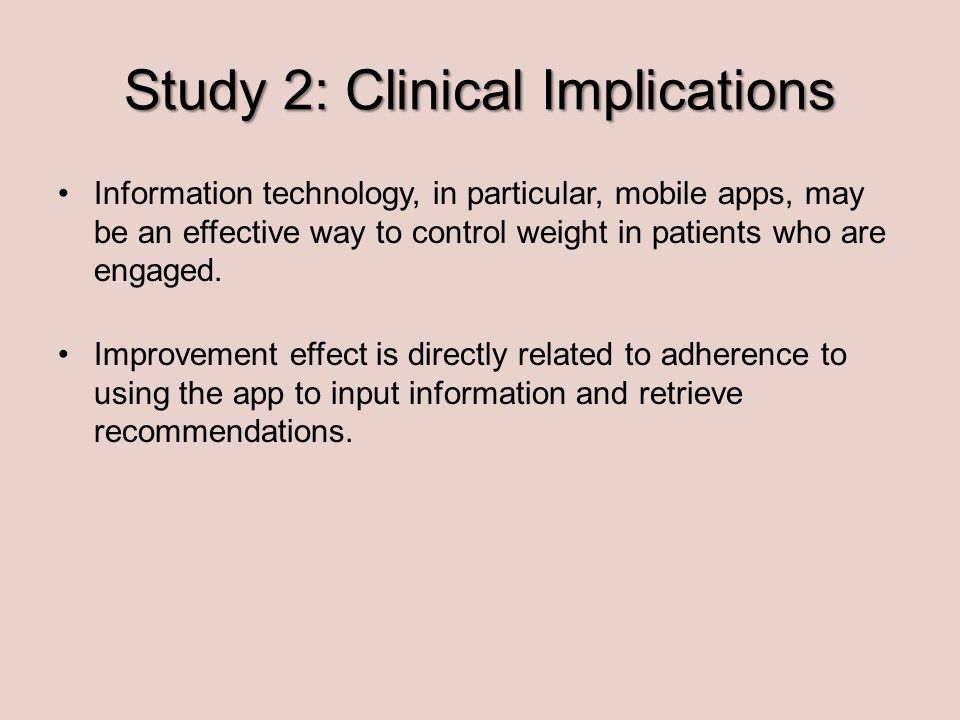
Study 2: Clinical Implications. Prior research suggested that self-monitoring body weight in the workplace prevented weight gain. Continuous monitoring is needed to encourage active participation since only high participation subjects saw high health improvement.
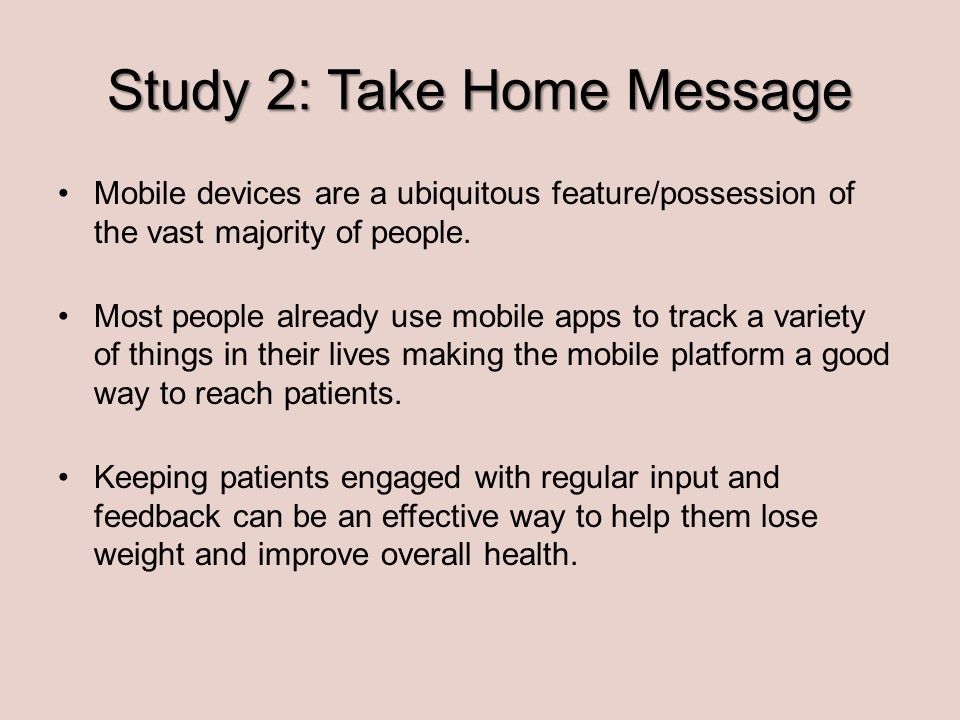
Study 2: Take Home Message. Patients who are overweight can benefit from mobile based apps that engage them, encourage adherence and track their progress and wellbeing.
For more information, check out the full article: Oh B, Yi G-H, Han MK, et al. Importance of Active Participation in Obesity Management Through Mobile Health Care Programs: Substudy of a Randomized Controlled Trial. JMIR mHealth and uHealth. 2018;6:1.

Study 3: A Genetic Model of Obesity. The authors found many polymorphisms at dissimilar frequencies between the lines of fruit flies studied. Despite heterogeneity among replicate populations, the differences in allele frequencies between starvation lines and fed were much higher. Correlations in allele frequencies between the fed and starved populations were relatively low (r = 0.45–0.54 compared with correlations within fed replicate populations (r = 0.71–0.82), consistent with a strong effect from the selection treatment.

Study 3: Scientific Implications. From an evolutionary perspective, this study is consistent with the thrifty gene hypothesis, an evolutionary theory of obesity in which alleles that increase nutrient storage and dampen utilization are selected for during periods of food scarcity. These thrifty genes may be the controlling forces behind obesity.
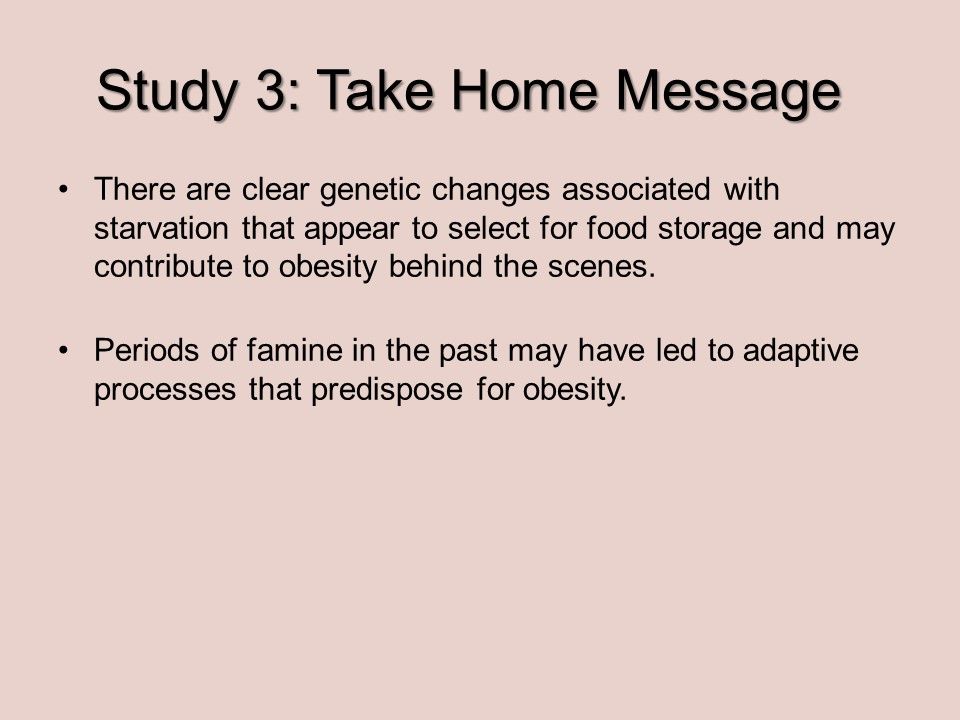
Study 3: Take Home Message. For more information, check out the full article: Hardy CM, Burke MK, Everett LJ, et al. Genome-Wide Analysis of Starvation-Selected Drosophila melanogaster-A Genetic Model of Obesity. Mol Biol Evol. 2018;35:50–65.
We present three recent studies looking at the genetic origins of obesity, it’s impact on the risk for cardiovascular disease (CVD), and the importance of participation in weight management programs.Scroll through the slides for the latest information and take home messages.

